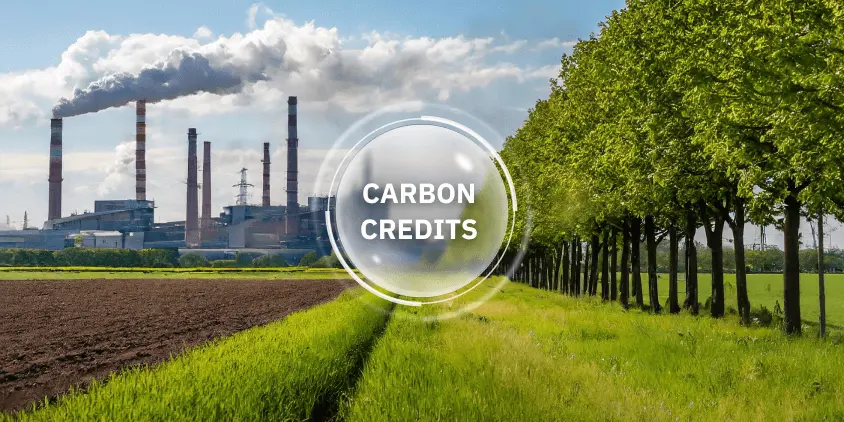A carbon credit is a unit of measurement equivalent to one ton of CO₂ reduced or removed from the atmosphere. It can be generated through projects that help absorb greenhouse gases, such as forest planting and restoration, carbon capture and storage (CCS) projects, or improvements in production processes to reduce emissions. Each carbon credit can be bought and sold on the market as a financial instrument that helps companies or countries offset their emissions.
The quality of carbon credits depends on several factors, ensuring they genuinely represent a reliable amount of emission reduction and can be used to offset CO₂ emissions.

Below are the most important factors affecting the quality of carbon credits:
- Additionality:
- Additionality: This is a crucial factor to ensure that carbon credits are only issued for projects where emission reductions would not occur without financial support from the sale of credits. If a project could proceed without funding from carbon credits, then additionality is not guaranteed, and the credits from that project would not genuinely reflect additional emission reductions.
- Accuracy and Reliability in Monitoring (Monitoring and Verification):
- Monitoring System: Projects must have a reliable monitoring system to track reduced emissions and verify them through independent audits.
- Third-party Verification: High-quality credits should be verified by third-party organizations to ensure the accuracy of data and related reports.
- Permanence:
- Long-term Assurance: Carbon credits need to reflect sustainable emission reductions or CO₂ removal. For example, in forestry projects, measures must be in place to protect forests to prevent CO₂ from being re-released due to forest fires, deforestation, or other factors.
- Insurance Mechanism: Some projects may implement insurance or reserve funds to mitigate the risk of loss of permanence, as in the case of forest fires.
- Avoidance of Double Counting:
- Ensuring Credits are Counted Once: Credit quality decreases if it is double-counted, meaning it is counted for both the buyer and the seller or in national and international reports. This can be resolved through reliable credit registration and tracking systems.
- Standards and Certification:
- International Certification: Carbon credits recognized and certified by reputable standards such as the Gold Standard, Verified Carbon Standard (VCS), or Clean Development Mechanism (CDM) are usually of higher quality, as they must adhere to strict processes and criteria to ensure transparency and reliability.
- Compliance Requirements: Ensuring the project complies with specific rules and regulations of the certification standard is also crucial for high-quality credits.
- Transparency and Traceability:
- Public Project Information: Credits should be issued from projects with clear information on operating processes, results, and achieved outcomes.
- Public Registration System: Credits should be registered and tracked in public systems to ensure transparency and traceability, enabling stakeholders to easily verify the validity of credits.
- Adaptability and Scalability:
- Adaptability: A high-quality project should be adaptable to environmental conditions and policy changes.
- Scalability: Credits from scalable projects help create sustainable emission reduction effects and can be applied on a larger scale in the future.
- Social Equity and Additional Benefits:
- Community Benefits: High-quality carbon credits often come with additional social and environmental benefits, such as improving the livelihoods of local people, protecting biodiversity, and enhancing community living conditions.
- Do No Harm: Projects must ensure they do not have negative impacts on the surrounding community or environment.
- Reliability of Project Implementers:
- Issuer Credibility: Credit quality is ensured if the issuing organizations have experience and a track record of successfully implementing projects and complying with environmental regulations.
- Risk Management: Projects should have clear risk management plans to minimize issues that could affect the sustainability and quality of credits.
These factors establish a foundation to ensure that carbon credits not only provide value in reducing greenhouse gas emissions but also meet environmental, social, and economic sustainability standards.





